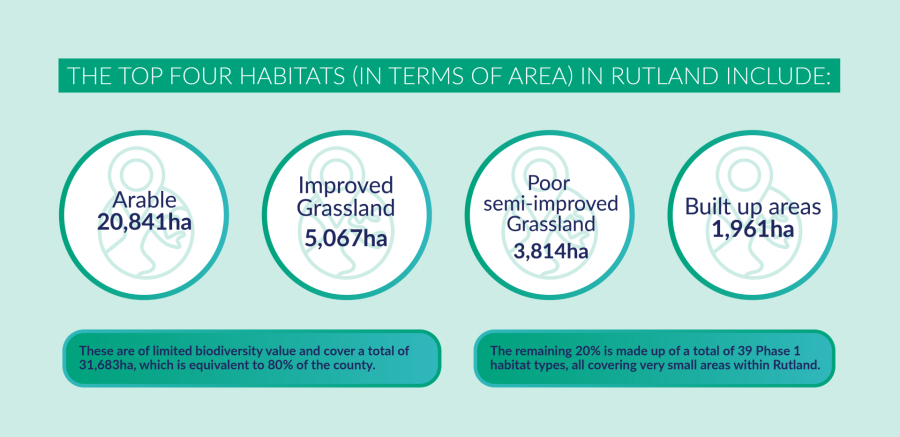Regulation 18 draft Local Plan
Appendix 3: Open Space Standards

Part A: New Open Space
The standards, shown in Table 8 relate to the quantity, quality and accessibility of each type of open space and comprise of:
- Quantity standards – the area of open space required for every 1,000 people
- Access standards – how far people travel from their home to reach a particular type of open space
- Quality standards – a level of standard that all open spaces should strive to attain
Table 8
|
Type of Open Space |
Quantity Standard (Ha per 1000) |
Access Standard- Walking threshold |
Quality Standard |
|
Allotments and Community Gardens Allotments and community gardens provide opportunities for those people who wish to do so to grow their own produce as part of the long-term promotion of sustainability, health and social inclusion. |
0.23 |
1,000m |
The proposed value standard is that all sites obtain a Value Score of 60% or above, classed as "High Value". |
|
Amenity Greenspace Most commonly but not exclusively found in housing areas. Includes informal recreation green spaces and village greens. |
0.75 |
480m |
The proposed value standard is that all sites obtain a Value Score of 60% or above, classed as "High Value". |
|
Churchyards and Cemeteries Churchyards and Cemeteries including disused churchyards and other burial grounds. |
No Standard |
No Standard |
The proposed value standard is that all sites obtain a Value Score of 60% or above, classed as "High Value". |
|
Civic Spaces Civic Spaces are hard surfaced areas usually located within town or city centres. |
No Standard |
No Standard |
The proposed value standard is that all sites obtain a Value Score of 60% or above, classed as "High Value". |
|
Natural and Semi-Natural Greenspace Natural and Semi-Natural Greenspace includes country parks, nature reserves, publicly accessible woodlands, urban forestry, scrub, grasslands, wetlands and wastelands. |
1.8 |
720m |
The proposed value standard is that all sites obtain a Value Score of 60% or above, classed as "High Value". |
|
Outdoor Sports Facilities Usually in the form of pitches or other sports provision, such as football, rugby, cricket pitches as well as tennis courts and bowling greens. |
1.6 or as defined in the conclusions of an up-to-date Playing Pitch Strategy which would allow the use of the Sport England playing pitch development calculator. |
1,200m or as defined in the conclusions of an up-to-date Playing Pitch Strategy which would allow the use of the Sport England playing pitch development calculator. |
The proposed value standard is that all sites obtain a Value Score of 60% or above, classed as "High Value" or any locally agreed quality criteria or as defined in the conclusions of an up-to-date Playing Pitch Strategy which would allow the use of the Sport England playing pitch development calculator. |
|
Parks and Gardens Includes urban parks and formal gardens. Parks usually contain a variety of facilities and may have one of more of the other types of open space within them. |
0.8 |
710m |
The proposed value standard is that all sites obtain a Value Score of 60% or above, classed as "High Value". |
|
Provision for Children and Young People Areas designed primarily for play and social interaction specifically designed as equipped play facilities for young people and children. |
0.25 |
400m LEAP 1,000m NEAP |
The proposed value standard is that all sites obtain a Value Score of 60% or above, classed as "High Value". |
These requirements take account of the anticipated pressure resulting from developments of different sizes in accordance with the open space standards detailed in the Rutland Open Space Assessment (2023).
The most up to date Open Space Assessment, Playing Pitch Strategy and Green Infrastructure Strategy documents provide a useful starting point to identify the type of open space required, but early discussion with the local planning authority is also recommended. Page 63 of the Open Space assessment details how to apply the standards. This chapter contains a breakdown by sub area of the current open space provision, detail of whether the current proposed standards are being met, and further commentary which will support decision making regarding open space requirements of new development.
Development population should be calculated using the average occupancy levels of 2.3. residents per household. below. (ONS, Census 2021).
Part B: Playing Pitches
A playing pitch is a marked-out area of 0.2 hectares or more and which is used for football, American football, rugby, cricket, hockey, lacrosse, rounders, baseball, softball, Australian football, Gaelic football, shinty, hurling, polo or cycle polo.44 A playing pitch may have a natural or artificial surface.
As a guide, the expected quantity standard for playing pitches is 1.1ha/1,000 population.
The type of playing pitch/pitches to be provided will be negotiated on a case-by-case basis, taking account of current local provision and community aspirations, as well as the latest Central Lincolnshire Playing Pitch Strategy.
